Copy Protection with DRM
What is DRM
DRM (Digital Rights Management) is a system that allows you to control access to digital content and applications. DRM enables the technical part for licensing the digital content, software, games, etc.
The purpose of DRM is to provide access to the product for the users who have bought it, and to block access for those who do not have the legal right to use your content. DRM usually includes copy protection as well as different restrictions for example, time or area limitations.

Types of DRM
DRM can be used to manage access to software, electronic documents, books, media files, and television broadcasts.
There are offline and online DRM systems. If it is an offline system, a protected file is distributed on a CD or a USB flash drive, for example, and works on the user’s computer without Internet connection. If it is an online system, the file requires permanent or periodic connection to the network.
We can see DRM in everyday life very often. For example, you can watch paid TV channels only if you have a decryption key. Because of the embedded DRM, a demo version of software stops working once the trial period expires. Discs with licensed games or movies cannot be copied; once again because of DRM.
The publisher or the developer embeds the license management system into the product during development or before the release. After that, the user can only view the content or run the application if he/she has the ‘access token’. The ‘token’ can be a serial number, an optical disc, a USB flash drive, etc. The user obtains the ‘token’ when he/she buys the product (the license).
Embedded licensing system restricts the use of the protected files in a certain way. For example, the publisher specifies the product lifetime, or how many times the user can run it. When any of the parameters expires, the application stops working. Besides, the publisher can specify regions where users can run the files. Outside these areas, it is not possible to use them.
Key StarForce DRM features
StarForce DRM allows protecting different products: applications, documents, audio and video files from hacking, copying, and illegal use and distribution.
Our company has been developing copy protection systems since 2000. At first we specialized on offline DRM, when CD and DVD were used to distribute content. But now the focus has moved to online activation because of wide internet penetration. Though offline DRM is still in demand – this year we have added binding to USB flash drive. In some cases it is necessary to provide a key on a media which can be used on different computers without internet connection.
StarForce DRM is embedded into the product. Once the protection is implemented, the users can only use the protected files after they buy the license. Depending on the protection type the publisher or the developer has selected, buying the license can mean buying a serial number for activation (the user downloads the content from the internet), an optical disc or a USB flash drive with the application distribution package.

Key StarForce DRM features are as follows.
- Managing the software functions: enabling or disabling various program modules depending on the license.
- Limiting the time when the content is available: specifying the start date, the maximum number of runs, and total operation time.
- Specifying the number of computers the product can run on.
- Checking the license after the specified number of days (periodic license confirmation).
- Withdrawing the license if the publisher suspects license violations (blacklisting the serial number).
- Withdrawing the license temporarily (deactivating), if the user needs to modify the configuration of his/her computer. Restoring the license (reactivating).
- Getting statistics on how the protected products are used, for example, when and where the product ran for the first time (for serial number).
By combing the features of StarForce DRM, you can create various licensing models. This means you can specify on what conditions the user buys the product.
If you use a serial number to enable access to the files, you can implement the following licensing models.
- Buy only. The user has full access to the application, without any limitations.
- Try&buy. The program can be used without the license for a specified period of time. To use the product after the expiration date, the user should buy the license.
- Try&die. A specific model for beta of games and business applcations. It is not possible to use the software after the expiration date.
- Demo. The product has reduced functionality, but no time limitations.
- Rent. The user rents the protected files. This means the user pays for the license and uses the product for a limited period of time. To use the product after the expiration date, the user should buy a new license (once again, for a certain period of time).
- Subscription. The user buys the license for the specified time. To use the product after the license expires, the user should prolong the license. This suits for all types of content: eBooks, documents, multimedia, applications.
If you use optical discs or USB flash drives to distribute the product, you can implement the following licensing models.
- Limiting the product lifetime. You can limit the application lifetime, total operation time, or the maximum number of runs.
- Limiting the period when the user can access the protected product. The user can run the product not earlier than the specified date (product release date).
Solutions that support StarForce DRM
| StarForce Solution | Offline DRM | Online DRM | |
|---|---|---|---|

|
StarForce Content |

|
 
|

|
StarForce Audio/Video |
 
|
 
|
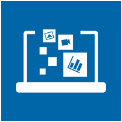
|
StarForce ProActive |

|

|
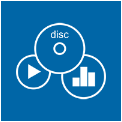
|
StarForce Universal |

|

|
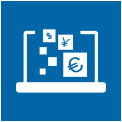
|
StarForce ProActive for Business |

|
 
|

|
StarForce ProActive for Traders | No |
 
|
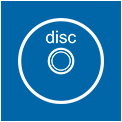
|
StarForce Disc |

|
No |
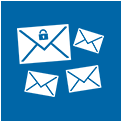
|
StarForce E-m@il Enterprise | No |
 
|
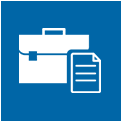
|
StarForce Content Enterprise | No |
 
|


